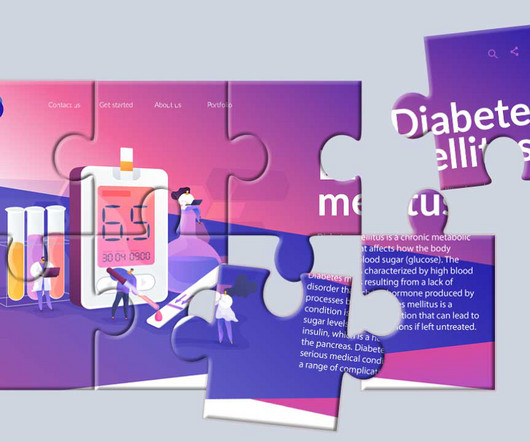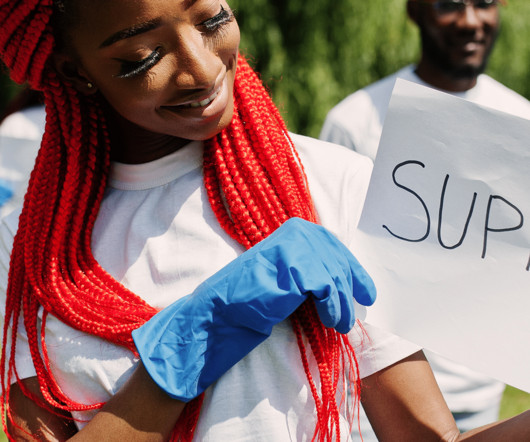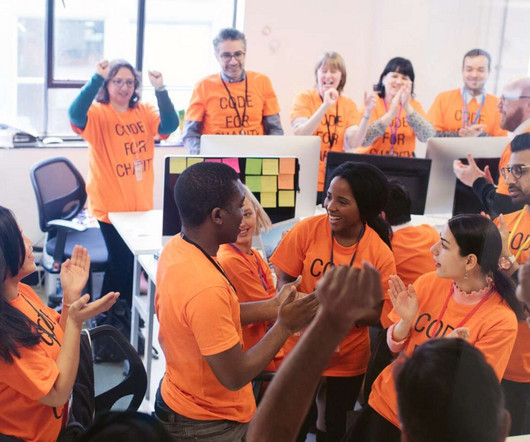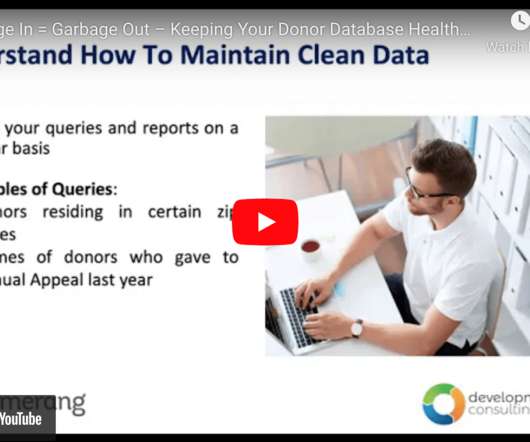How To Stop Your Nonprofit’s After Hours Email Habit
Beth's Blog: How Nonprofits Can Use Social Media
APRIL 4, 2017
Email is a depersonalized channel of communications because you don’t see the effect you’re having on the person receiving the email. The research study found that the expectation of assumed availability is what exhausts people and the anticipation of work creates stress that can lead to burnout. ” Individual Techniques.




















Let's personalize your content